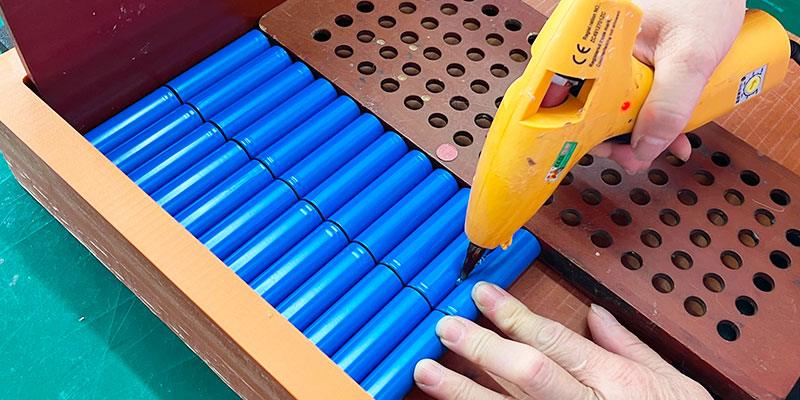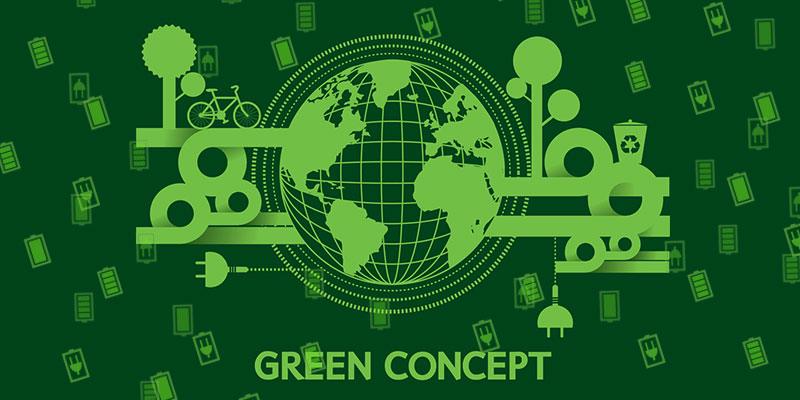There may be differences between primary and secondary batteries, so let’s introduce what primary and secondary batteries are
What is a primary battery?
As the name suggests, it is a battery that can only be used once. The battery converts chemical energy into electrical energy to provide power. The electrical energy cannot be replenished by charging or other means. Therefore, it cannot be used again after being fully discharged. The electrochemical reaction is irreversible.
Common carbon-zinc batteries, alkaline batteries, mercury batteries, etc. are all disposable batteries. Different disposable batteries have different uses, but they are all limited to single use. In manufacturing, the raw materials of many disposable batteries are polluting and have a considerable impact on the environment and human body.
What is a secondary battery?
Secondary batteries are reusable batteries that can be charged and discharged continuously. Secondary batteries are also converted from chemical energy to electrical energy. But they can be charged to convert electrical energy back into chemical energy, so that the battery can be used again. The number of times this type of battery is used is determined by the raw materials.
Common secondary batteries include lead-acid batteries, colloidal batteries, nickel-cadmium batteries, nickel-hydrogen batteries, lithium-ion batteries, lithium-ion polymer batteries, lithium iron phosphate batteries, etc. Different types of secondary batteries are used in different fields due to their rated voltage, rated capacity, operating temperature and safety.

We’re a professional battery pack manufacturer with 12 years of experience, major in lithium-ion battery pack, LiFePO4 battery pack, and Ni-MH battery pack. Our batteries are mainly sold to Europe, North America, Asia and Oceania. Our products have obtained various certifications such as CE, UL, CB, KC, IEC, UN38.3, etc. We can design different battery solutions according to customer needs.
After 12 years of continuous study and exploration, HIMAX has become a global-oriented multinational company integrating R&D and production, providing specialized and customized products. We are looking forward to be your battery partner. OEM & ODM are welcome.
























